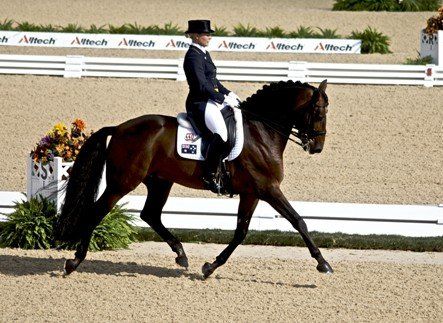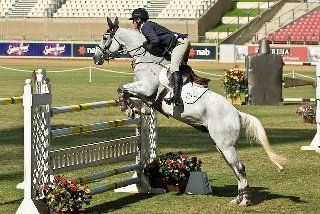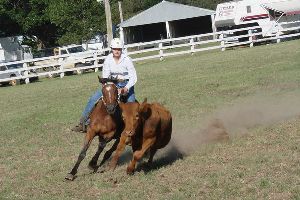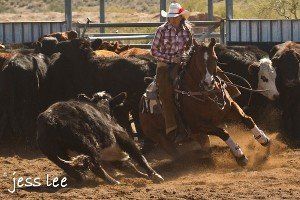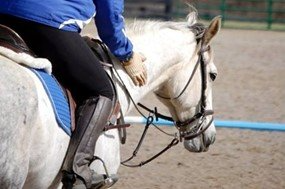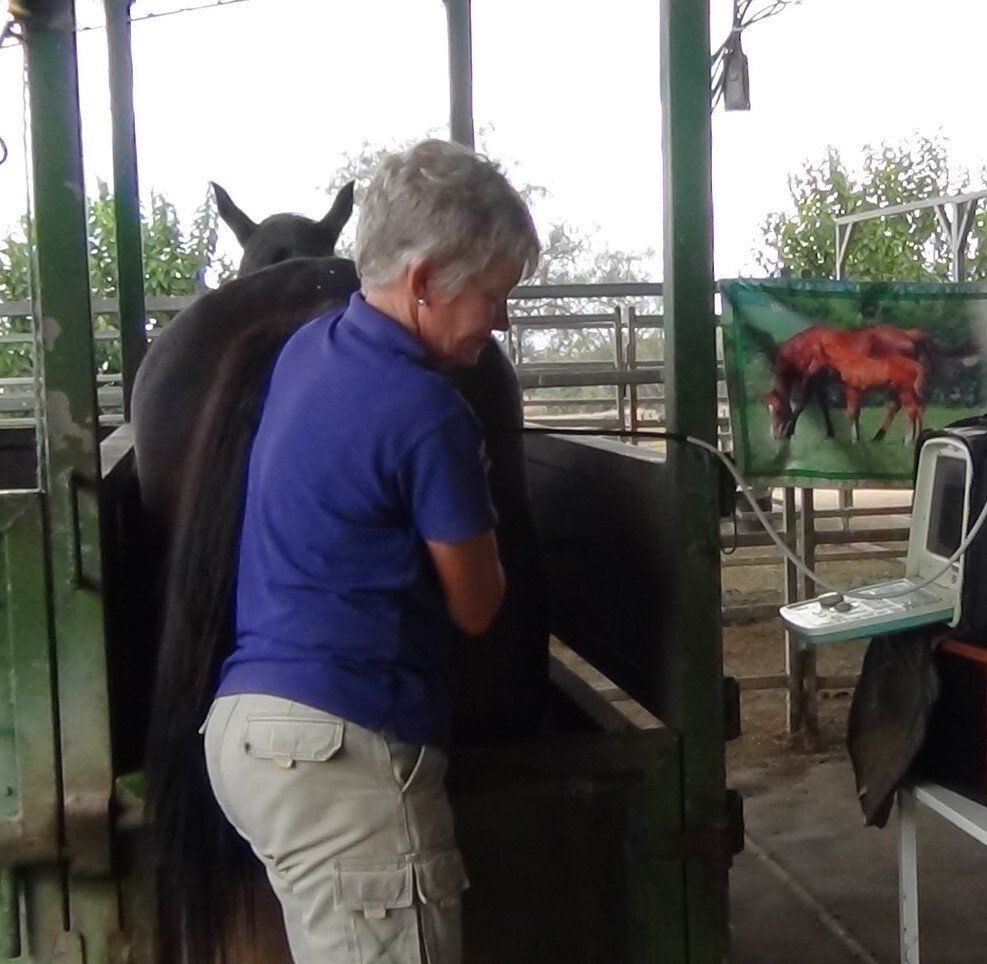Blog Layout
Horse talk Articles
Arena Surfaces
While there are no universal recommendations for the perfect arena surface there are certain characteristics that are required to ensure the comfort & safety of the horse & rider as well as satisfying criteria for the intended use of the arena.
A “perfect” arena surface should be:
- Cushioned to minimize concussion to the horse’s legs
- Firm enough to provide traction
- Not slippery
- Not too dusty
- Not overly abrasive to horse hooves
- Inexpensive to install
- Easy to maintain
Once installed, learning to manage & maintain the surface is important as it will change over time due to usage & weather, & good footing requires regular, consistent management .
For further information see the link below:
Other Articles

By Jai Warner
•
13 Aug, 2021
ARTIFICIAL LIGHTING FOR BROOD MARES ADVANTAGES Dry mares will cycle earlier, avoiding the inconvenience of spring oestrus early in the breeding season (spring oestrus is constant cycling without producing a good follicle or ovulating) and anoestrus (small). Both conditions can be difficult and expensive to treat. Wet mares will have their gestation period reduced by about 10 days while still producing a normal size foal. Foaling mares will have their foal heat at about five days, allowing them to be re-cycled earlier and covered at 12-14 days. (However, the natural cleansing period after foaling is affected.) HOW DO WE DO IT? The lighting system must achieve the equivalent of 16 hours of daylight per day. In practical terms this means switching on the lights one hour before dusk and switching them off at midnight. A good system will have the lights on a timer that switches the lights off at midnight and opens a gate to allow the mares back in to their paddocks. Another way to achieve this amount of light (and reduce the electricity cost) is to give one hour of light at 9.5 hours after sunset. To do this, check the weather segment in the daily media (television or newspaper) which will state the time of sunset for the following day. For example – if the sunset is at 5.15pm the lights will need to be turned at 2.45am and off at 3.45am. BUT – for the program to be successful you MUST keep track of the sunset time and adjust the light switch timer accordingly. Longer periods of lighting and/or continuous lighting are expensive and can be counterproductive. THE GOOD NEWS! Previous recommendations have been 7 foot candles (= 70 lux) ** of light at hoof level. Recent research indicates that the amount of light required may not be as much as previously thought - just enough light to illuminate the area will be sufficient and the lights are only required for 35 days from 21 st June. RUGS Rugs will keep the dry mare stress free during the colder months, thereby helping them to cycle earlier. Similarly, rugging will reduce the stress for in foal mares, and may reduce the risk of abortion. They can also be stabled, but DO NOT be tempted to leave the lights on all night, as this will upset the dark / light balance. WHEN TO BEGIN Light “treatment” must be commenced from the 21 st June (the shortest day of the year) and continue until early September. **** One foot candle is a standard measure of intensity of illumination and is the amount of light from one candle in a one foot radius at ground level. In other words, 7 foot candles will allow enough light for your mare to read the racing results. Recent research indicates the amount of light required is not as much as previously thought and the lights can be turned off after thirty-five (35) days. Just enough light to illuminate the area will be sufficient.
Phone
Postal Address
142 Jimna Springs Road
Cambooya Qld 4358
Location
142 Jimna Springs Road
Southbrook Qld 4363
Follow Us
All Rights Reserved | Equivet Breeding Centre
© 2024

